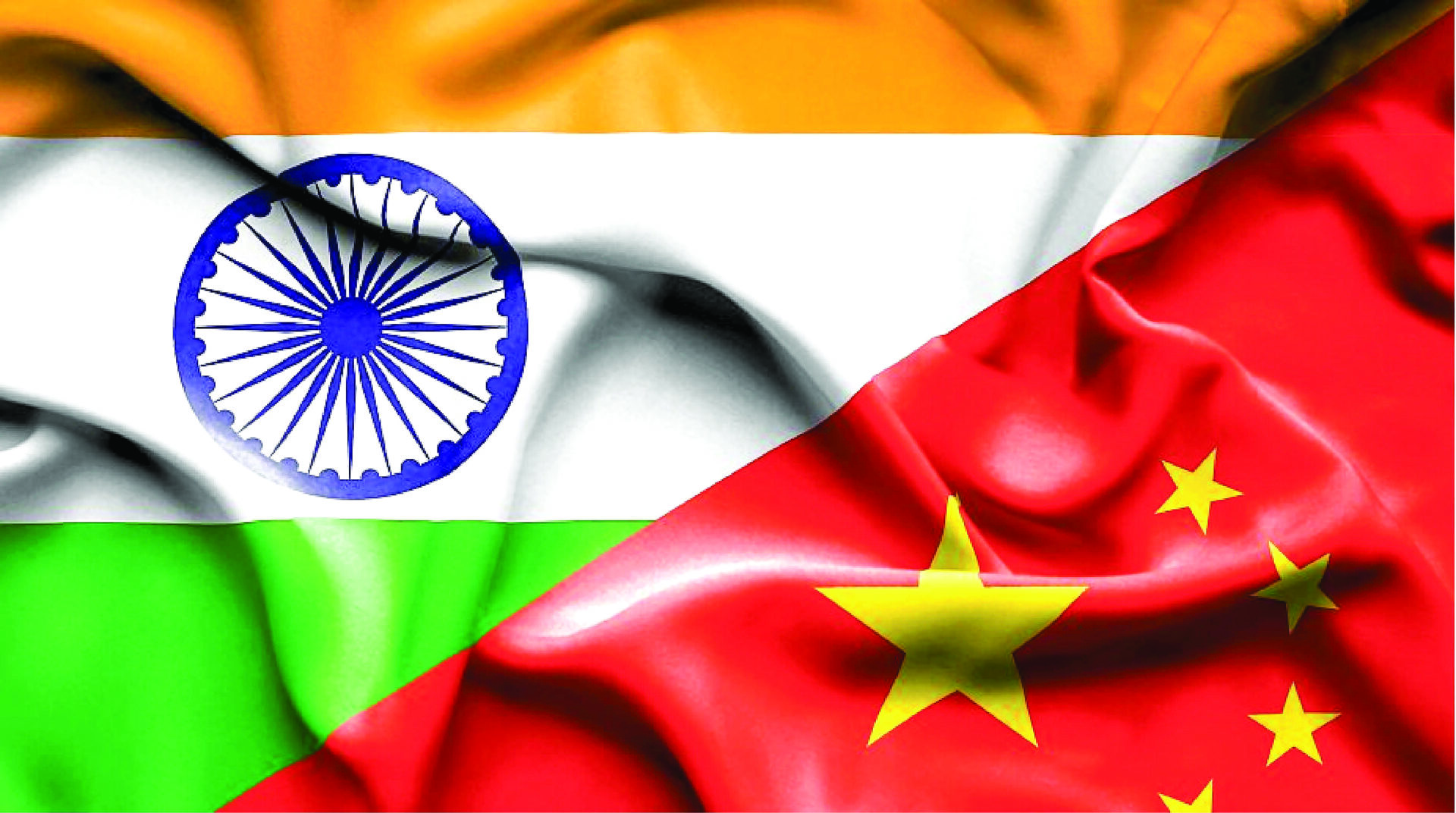Sustained diplomatic engagement, mutual respect for each other’s concerns, and a willingness to compromise needed.
The Sino-Indian border dispute remains one of the most complex and enduring border issues in the world. Unlike China’s borders with Russia and Vietnam, which have seen conflicts but eventually led to settled agreements, the border with India, particularly the region of Arunachal Pradesh, remains a point of contention. This article explores the historical and geopolitical nuances that contribute to this unresolved border dispute.
The crux of the Sino-Indian border dispute lies in the differing interpretations of historical boundaries. The McMahon Line, established by the 1914 Simla Convention, was accepted by British India and Tibet but never recognized by China, which argues that Tibet was not a sovereign state capable of entering into international agreements. This line demarcates what India considers the boundary of Arunachal Pradesh, a region China refers to as South Tibet.
China has historically shown a willingness to engage in warfare to resolve border disputes, as evidenced by the Sino-Soviet border conflict of 1969 and the Sino-Vietnamese War of 1979.
These conflicts, although violent, eventually led to negotiations and settled borders. The resolution with Russia was finalized in 2003, and with Vietnam, despite ongoing tensions, there has been a formal demarcation of the border.
In contrast, the Sino-Indian border remains unsettled. Several factors contribute to this impasse:
The region holds significant strategic importance for both nations. It serves as a buffer zone and is crucial for the security of India’s northeastern states and China’s sensitive Tibetan region. Both countries view the control of the disputed area as a matter of national pride and territorial integrity. China’s claim over Arunachal Pradesh as South Tibet is rooted in its assertion of sovereignty over the historical region of Tibet. Both nations have been competing to build infrastructure along the border, which exacerbates tensions and leads to frequent stand-offs.
The stalemate persists due to a combination of historical grievances, nationalistic sentiments, and geopolitical strategies. Unlike its settled borders with Russia and Vietnam, where pragmatic diplomacy eventually prevailed, the Sino-Indian border is mired in a complex interplay of history and politics. The lack of a mutually recognized legal framework, such as the McMahon Line for India, and China’s insistence on historical claims, complicates the dispute.
For a resolution to be reached, it will require sustained diplomatic engagement, mutual respect for each other’s concerns, and a willingness to compromise. The resolution of the Tibet issue, as suggested by the Tibetan government-in-exile, could potentially pave the way for a broader settlement of the border dispute. However, this would necessitate a significant shift in China’s stance on Tibet, which seems unlikely in the near future.
In conclusion, the Sino-Indian border dispute over Arunachal Pradesh stands out as an unresolved issue in China’s border history due to its unique historical, cultural, and geopolitical complexities. While China has settled its border disputes with other neighbours through war and subsequent diplomacy, the path to resolution with India remains fraught with challenges that go beyond the mere demarcation of a boundary line.
Dalai Lama’s nephew Khedroob Thondup is a geopolitical analyst.

